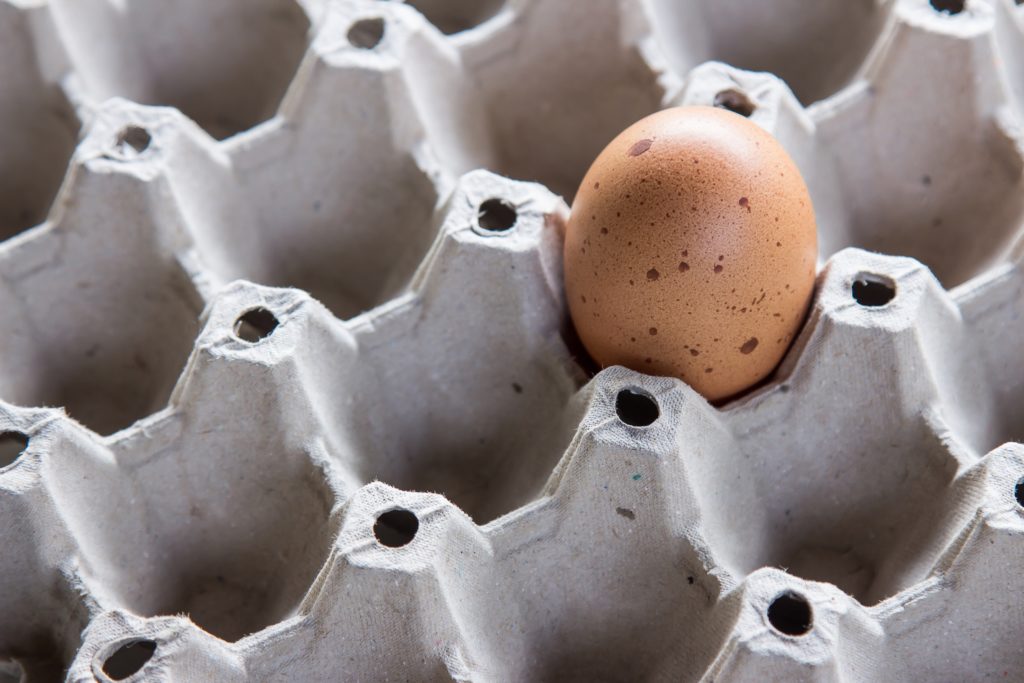What to do with quail eggs

Raising quail on your homestead? Or perhaps you have noticed these tiny, splotchy eggs on the stands of your farmers market or on the shelves of your local health food store? Whatever, the case, you may be curious about what to do with quail eggs.
Quail eggs are distinctive for their unique spotted pattern and their miniature size. They also tend to have a bigger yolk-to-white ratio than chicken eggs and a slightly more savory taste.
There are some nutritional differences between quail and chicken eggs — but they may not be what you think. According to the USDA National Nutrient Database, quail eggs have about three times as much iron per gram as chicken eggs. Quail eggs have comparable protein per serving to chicken eggs, but they also have more than twice the amount of cholesterol per gram. While that is mostly healthy, high-density lipoprotein cholesterol that protects against heart disease, quail eggs are also slightly higher in saturated fat than chicken eggs.
“The [quail egg] yolk is a little stronger flavored than a chicken egg,” said Charles Galemmo, assistant professor of culinary arts at York County Community College. “There’s a slight taste difference, but nothing that is going to impact what you’re going to choose to serve it with.”
How to cook quail eggs
Despite their diminutive size, quail eggs are almost as versatile as chicken eggs.
“Pretty much anything you can think of you can do with an egg, you can use a quail egg for,” Galemmo said.
Quail eggs are smaller and more delicate than chicken eggs, which impacts the timing and technique of preparing them.
To hard-boil quail eggs, bring a pot of salted water to a boil, reduce the heat until it simmers and add the eggs, just like you would with chicken eggs. Instead of taking about five minutes for a soft-boiled chicken egg and seven minutes for hard-boiled egg, though, it only takes about two minutes to soft-boil a quail egg, and just 30 seconds more than that to hard-boil.
Frying quail eggs takes about the same amount of time as frying chicken eggs, but you have to be more careful about breaking the shell. Insert a sharp knife a few millimeters into the top of the shell, just enough to puncture the membrane, and pour onto a hot, greased pan for about a minute.
Poaching a quail egg takes about one minute compared to four minutes for a chicken egg, though you can generally cook a greater number of quail eggs at one time because they are so small. G’Day Soufflé has a tutorial that guides you step by step through the process with pictures.
Quail eggs can also be pickled for a tasty snack. This recipe from Imperfectly Happy shows you an easy way to pickle quail eggs for yourself.
Baking with quail eggs
Generally, Galemmo advised against baking with quail eggs.
“I wouldn’t use [quail eggs] for your cake batter or something like that,” Galemmo said. “They are on the expensive end.”
If you are dead-set on replacing chicken eggs for quail eggs in your favorite baked goods, though, Galemmo says to consider the weight. A quail egg weighs about one-fifth what a large chicken eggs does. While Galemmo said chicken eggs have about one ounce of yolk to every ounce of white, quail eggs tend to be more yolk-heavy, which could impact baking.
“If you’re baking, make sure you’re using a comparable amount of the quail egg,” Galemmo said.
Quail egg cuisine
Galemmo said that upscale restaurants have caught onto the trend of using quail eggs instead of chicken eggs, particularly for decorative dishes.
“Quite often, you’ll see upscale restaurants replace a chicken egg with a quail egg,” he said. “Typically, you’re going to want to use it as something that the customer will see.”
Because of their delicate, diminutive size, quail eggs are also great to cook into small, stuffed dishes for a delightful culinary surprise. Galemmo said that while he was working at an Italian restaurant in Philadelphia, he used to crack whole quail eggs and cook them in ravioli.
Quail eggs also feature prominently in international cuisines. In some South American countries, boiled quail eggs are sold by the bag on the street, cooked into empanadas or served as a topping on hamburgers and hot dogs.
Quail eggs are especially popular in Asian cuisine. In Vietnam, boiled quail eggs are sold on street stalls as inexpensive snacks. In Chinese cuisine, quail eggs are often added to hot pots and cooked into steamed buns and stuffed rice, also known as zongzi. Raw quail eggs are also used in fine Japanese sushi.
Galemmo is experimenting with poached quail eggs in his ramen.
“Putting a poached egg in the hot broth is pretty good,” Galemmo said. “You just break it open and mix it in.”
